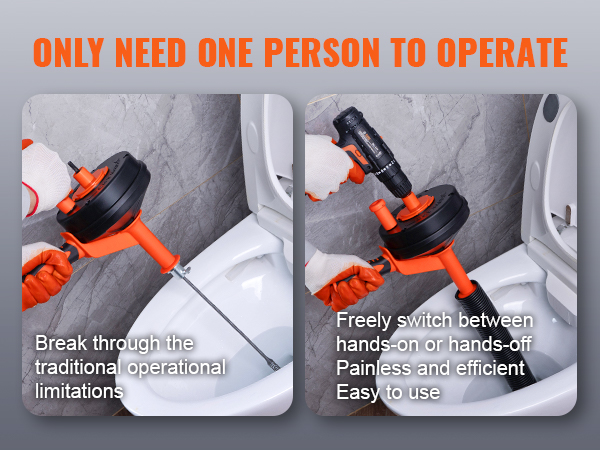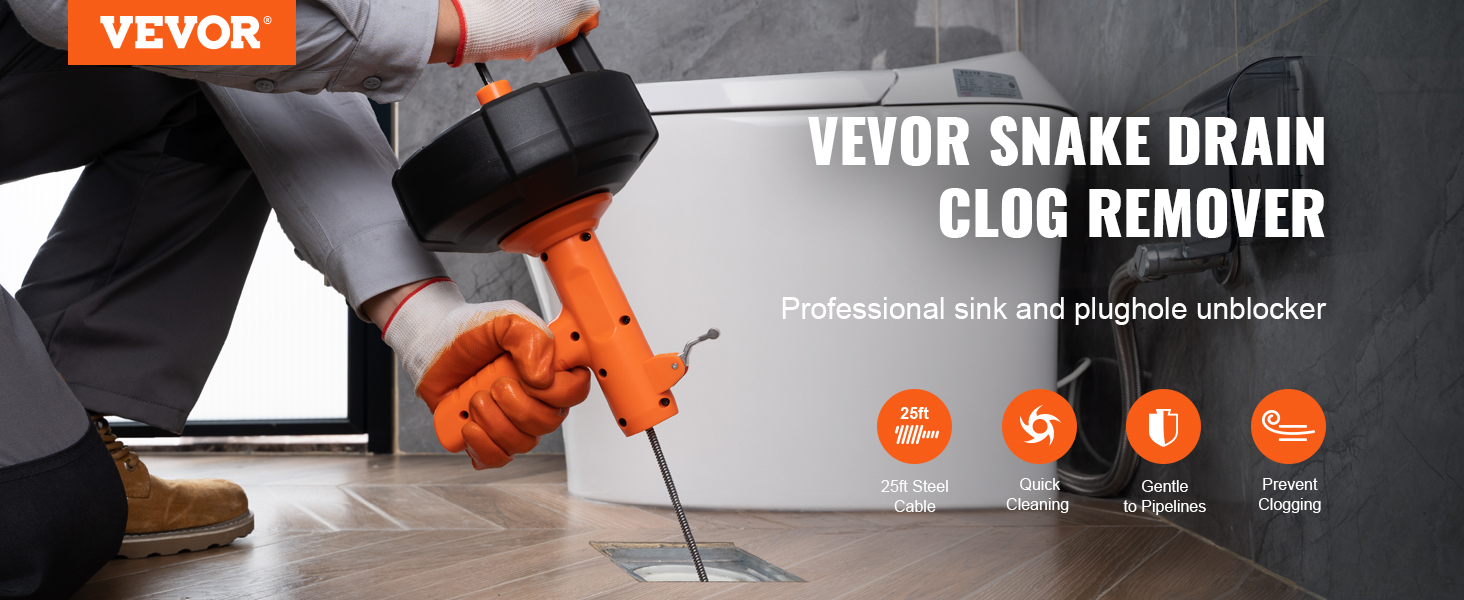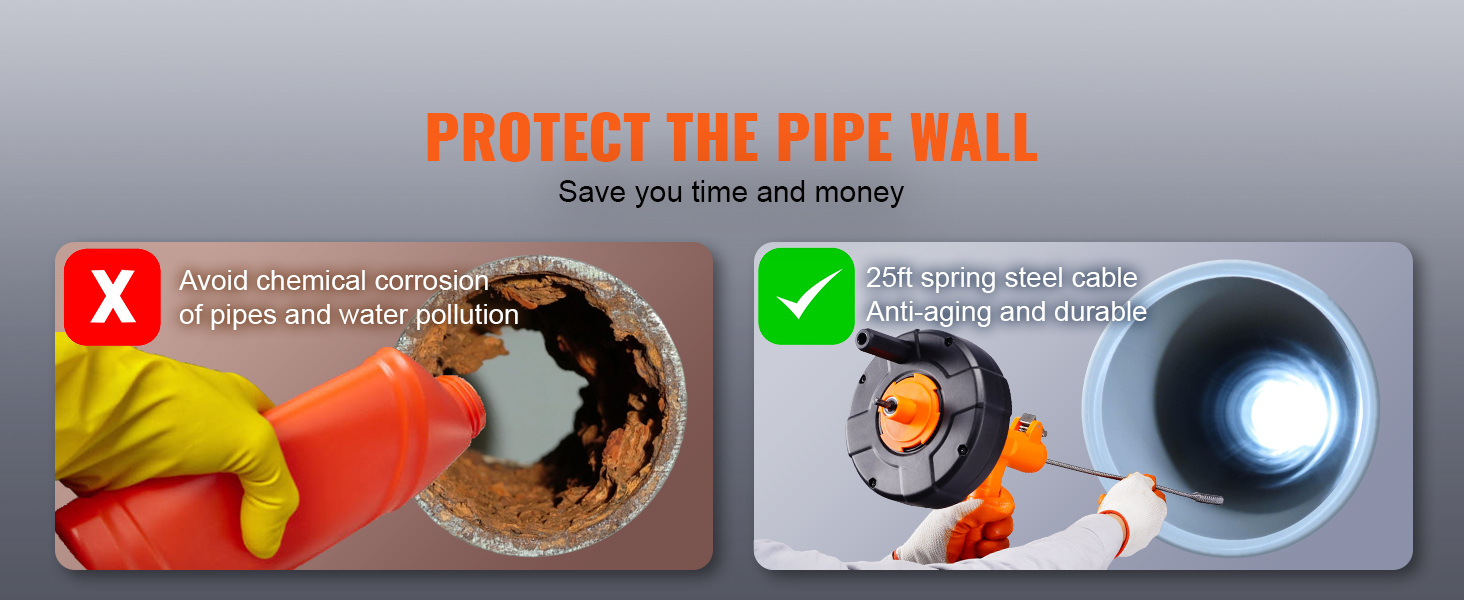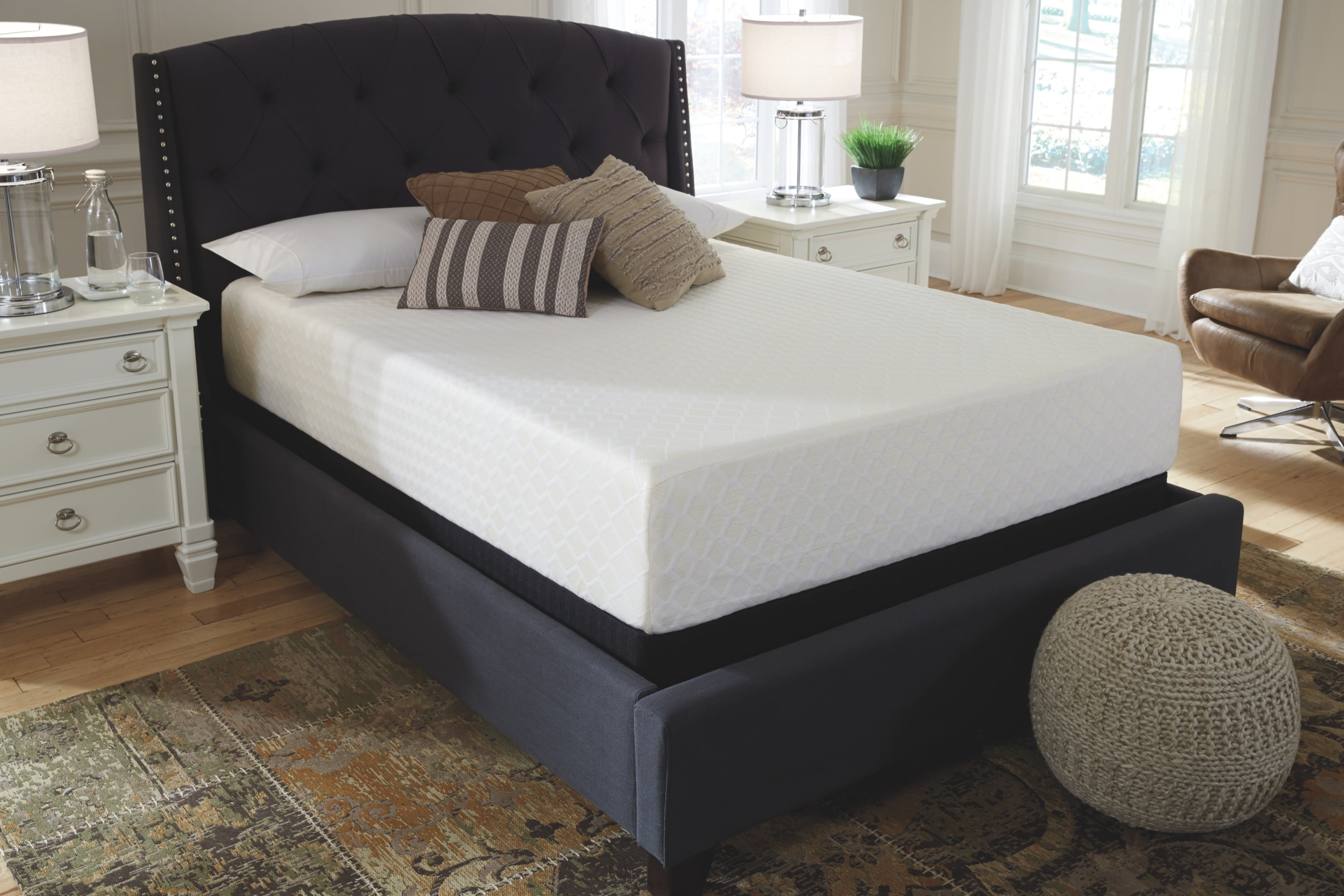Dealing with a clogged kitchen sink drain can be a frustrating and messy experience. Not only does it prevent you from using your sink, but it can also cause unpleasant odors and potential damage to your pipes. Luckily, there are several methods you can try to unclog your kitchen sink drain and get your sink back to its full functionality. Clean the Drain Stopper One of the most common causes of a clogged kitchen sink drain is a buildup of debris and food particles in the drain stopper. To unclog it, start by removing the stopper and cleaning it thoroughly. Use a toothbrush to scrub away any gunk and buildup, and then rinse it with hot water before replacing it. Use a Plunger If the clog is deeper in the pipes, using a plunger can help loosen and dislodge it. Fill the sink with enough water to cover the plunger, and then place the plunger over the drain. Pump the plunger up and down vigorously for a few minutes to create suction and hopefully dislodge the clog. Try a Homemade Drain Cleaner If the plunger doesn't work, you can try making a homemade drain cleaner using ingredients you probably already have in your kitchen. Mix together equal parts baking soda and vinegar and pour it down the drain. Let it sit for about 30 minutes, and then flush it with hot water. The chemical reaction between the baking soda and vinegar can help break down and dissolve the clog. Use a Drain Snake If the clog is particularly stubborn, you may need to use a drain snake. Insert the snake into the drain and twist it to catch onto the clog. Then, gently pull the snake out to remove the clog. If you don't have a drain snake, you can also use a wire hanger bent into a hook shape to try and remove the clog.How to Unclog a Kitchen Sink Drain
Installing a new kitchen sink drain may seem like a daunting task, but it can actually be quite simple with the right tools and steps. Here's how to install a kitchen sink drain in a few easy steps: Gather Your Supplies Before you begin, make sure you have all the necessary tools and materials. This includes a new drain assembly, plumber's putty, a pipe wrench, and a hacksaw. Remove the Old Drain Start by disconnecting the old drain from the sink and the pipes underneath. Use a pipe wrench to loosen the fittings and remove the drain. If the old drain is stuck, you may need to use some WD-40 to help loosen it. Apply Plumber's Putty Roll plumber's putty into a thin rope and wrap it around the underside of the new drain flange. This will help create a watertight seal between the sink and the drain. Install the Drain Flange Insert the drain flange into the sink and press it firmly into place. Then, place the rubber gasket and paper gasket on top of the flange, followed by the retaining nut. Tighten the nut with a pipe wrench to secure the drain flange in place. Connect the Pipes Attach the drain tailpiece to the bottom of the drain flange and secure it with the slip nut. Then, connect the other end of the tailpiece to the P-trap using a slip nut and washer. Use a hacksaw to cut the pipes to the correct length if necessary. Test for Leaks Once everything is connected, turn on the water and check for any leaks. If you notice any leaks, tighten the fittings as needed to create a watertight seal.How to Install a Kitchen Sink Drain
Cleaning your kitchen sink drain may not be the most glamorous task, but it's an important part of maintaining a clean and functional kitchen. Here are some tips for keeping your kitchen sink drain clean and free of clogs: Regularly Flush with Hot Water One of the simplest ways to keep your kitchen sink drain clean is to regularly flush it with hot water. This helps melt away any grease or buildup that may be forming in the pipes and prevents clogs from forming. Use Baking Soda and Vinegar You can also use a mixture of baking soda and vinegar to clean your kitchen sink drain. Simply pour half a cup of baking soda into the drain, followed by half a cup of vinegar. Let it sit for about 15 minutes, and then flush it with hot water. The combination of these two ingredients can help break down and dissolve any buildup in the pipes. Scrub with a Brush If you notice any visible buildup or grime in your drain, use a small brush or toothbrush to scrub it away. This can help prevent clogs and keep your drain smelling fresh. Use a Garbage Disposal Properly If your kitchen sink has a garbage disposal, make sure you are using it properly. Avoid putting large chunks of food or fibrous items down the disposal, as these can cause clogs and damage the disposal over time.How to Clean a Kitchen Sink Drain
Dealing with a clogged kitchen sink drain can be frustrating, but luckily, there are several methods you can try to fix the issue. Here are some steps to take to fix a clogged kitchen sink drain: Remove the Blockage If you can see the clog, try using a pair of tongs or pliers to remove it from the drain. Make sure you are wearing gloves and have a bucket or bag nearby to catch any debris that may come out. Use a Plunger If the clog is deeper in the pipes, using a plunger can help dislodge it. Make sure there is enough water in the sink to cover the plunger, and then create suction by pumping the plunger up and down vigorously for a few minutes. Try a Homemade Drain Cleaner If the plunger doesn't work, try using a homemade drain cleaner made of equal parts baking soda and vinegar. Let it sit for about 30 minutes, and then flush it with hot water to hopefully dissolve the clog. Use a Drain Snake If the clog is particularly stubborn, you may need to use a drain snake to physically remove it from the pipes. Insert the snake into the drain and twist it to catch onto the clog, and then gently pull it out.How to Fix a Clogged Kitchen Sink Drain
If your kitchen sink drain is damaged or leaking, you may need to replace it. Here's how to replace a kitchen sink drain in a few simple steps: Remove the Old Drain Start by disconnecting the old drain from the sink and the pipes underneath. Use a pipe wrench to loosen the fittings and remove the drain. If the old drain is stuck, you may need to use WD-40 to help loosen it. Clean the Sink Before installing the new drain, make sure to clean the area around the sink thoroughly. This will ensure a good seal between the sink and the new drain. Apply Plumber's Putty Roll plumber's putty into a thin rope and wrap it around the underside of the new drain flange. This will help create a watertight seal between the sink and the drain. Install the Drain Flange Insert the drain flange into the sink and press it firmly into place. Then, place the rubber gasket and paper gasket on top of the flange, followed by the retaining nut. Tighten the nut with a pipe wrench to secure the drain flange in place. Connect the Pipes Attach the drain tailpiece to the bottom of the drain flange and secure it with the slip nut. Then, connect the other end of the tailpiece to the P-trap using a slip nut and washer. Use a hacksaw to cut the pipes to the correct length if necessary. Test for Leaks Once everything is connected, turn on the water and check for any leaks. If you notice any leaks, tighten the fittings as needed to create a watertight seal.How to Replace a Kitchen Sink Drain
If you have a stubborn clog in your kitchen sink drain, using a drain snake can help remove it. Here's how to snake a kitchen sink drain: Choose the Right Snake There are different types of drain snakes available, so make sure you choose one that is appropriate for the size and type of your drain. A hand-cranked snake is typically the best option for a kitchen sink drain. Insert the Snake Insert the snake into the drain and twist it to catch onto the clog. Then, gently pull the snake out to remove the clog. If you feel resistance, twist the snake and push it further into the pipe to try and break up the clog. Flush with Hot Water Once you have removed the clog, flush the drain with hot water to ensure everything is clear. If the clog is still present, you may need to repeat the process a few times or try a different method.How to Snake a Kitchen Sink Drain
To keep your kitchen sink drain clear and prevent clogs from forming, there are some preventive measures you can take. Here are some tips for clearing a kitchen sink drain: Use a Strainer One of the best ways to prevent clogs in your kitchen sink drain is to use a strainer. This will catch any food particles or debris that may otherwise go down the drain and cause a clog. Flush with Hot Water Regularly flushing your drain with hot water can help melt away any grease or buildup and keep your drain clear. Use Baking Soda and Vinegar You can also use a mixture of baking soda and vinegar to keep your drain clear. Simply pour half a cup of baking soda into the drain, followed by half a cup of vinegar. Let it sit for about 15 minutes, and then flush it with hot water. This can help break down any buildup in the pipes.How to Clear a Kitchen Sink Drain
A drain auger, also known as a plumbing snake, can be an effective tool for clearing clogs in your kitchen sink drain. Here's how to use a drain auger on a kitchen sink: Insert the Auger Insert the end of the auger into the drain and twist it to catch onto the clog. Then, gently push and pull the auger to try and break up the clog. Extend the Auger if Needed If the clog is deeper in the pipes, you may need to extend the auger by turning the handle clockwise. This will allow you to reach the clog and hopefully break it up. Remove the Auger and Flush with Hot Water Once you feel the clog has been cleared, remove the auger and flush the drain with hot water to ensure it is clear.How to Use a Drain Auger on a Kitchen Sink
Preventing clogs in your kitchen sink drain can save you time and hassle in the long run. Here are some tips for preventing kitchen sink drain clogs: Avoid Putting Certain Items Down the Drain To prevent clogs, avoid putting certain items down your kitchen sink drain, such as coffee grounds, eggshells, and grease. These can all contribute to buildup and clogs in your pipes. Regularly Flush with Hot Water Flushing your drain with hot water on a regular basis can help prevent clogs by melting away any grease or buildup in the pipes. Use a Strainer Using a strainer in your sink can help catch any food particles or debris that may otherwise go down the drain and cause a clog. Regularly Clean the Drain Regularly cleaning your kitchen sink drain can also help prevent clogs. Use a mixture of baking soda and vinegar or a commercial drain cleaner to keep your drain clear of any buildup.How to Prevent Kitchen Sink Drain Clogs
The Importance of a Properly Installed Drain Line from Kitchen Sink

The Function of a Kitchen Sink Drain Line
 A kitchen sink is an essential part of any household, used daily for cooking, cleaning, and washing. However, without a functioning drain line, the kitchen sink can quickly become a nuisance and cause major issues. The drain line serves as a pathway for the water and debris to exit the sink, preventing clogs and maintaining a clean and hygienic kitchen environment. It is crucial to have a properly installed and maintained drain line to ensure the smooth and efficient functioning of your kitchen sink.
A kitchen sink is an essential part of any household, used daily for cooking, cleaning, and washing. However, without a functioning drain line, the kitchen sink can quickly become a nuisance and cause major issues. The drain line serves as a pathway for the water and debris to exit the sink, preventing clogs and maintaining a clean and hygienic kitchen environment. It is crucial to have a properly installed and maintained drain line to ensure the smooth and efficient functioning of your kitchen sink.
The Consequences of a Poorly Installed Drain Line
 A poorly installed drain line can cause a range of problems, from minor inconveniences to significant damage. Clogs are a common issue that can occur with a faulty drain line. When food debris, grease, and other substances are not able to flow freely through the drain line, they can accumulate and form clogs, resulting in slow drainage or even complete blockage. This can lead to standing water in the sink, unpleasant odors, and potential water damage to your kitchen cabinets and floors.
In addition to clogs, a poorly installed drain line can also cause leaks. If the pipes are not connected properly or have been damaged during installation, water can leak out and cause damage to your kitchen cabinets, walls, and floors. Not only can this be costly to repair, but it can also create an unhealthy environment, promoting the growth of mold and mildew.
A poorly installed drain line can cause a range of problems, from minor inconveniences to significant damage. Clogs are a common issue that can occur with a faulty drain line. When food debris, grease, and other substances are not able to flow freely through the drain line, they can accumulate and form clogs, resulting in slow drainage or even complete blockage. This can lead to standing water in the sink, unpleasant odors, and potential water damage to your kitchen cabinets and floors.
In addition to clogs, a poorly installed drain line can also cause leaks. If the pipes are not connected properly or have been damaged during installation, water can leak out and cause damage to your kitchen cabinets, walls, and floors. Not only can this be costly to repair, but it can also create an unhealthy environment, promoting the growth of mold and mildew.
The Importance of Professional Installation
 To avoid these potential issues, it is crucial to have a professional plumber install your kitchen sink drain line. They have the expertise and experience to ensure that the drain line is properly connected and installed, reducing the risk of clogs and leaks. Professional installation also includes using high-quality materials and techniques, ensuring the longevity and effectiveness of your drain line.
To avoid these potential issues, it is crucial to have a professional plumber install your kitchen sink drain line. They have the expertise and experience to ensure that the drain line is properly connected and installed, reducing the risk of clogs and leaks. Professional installation also includes using high-quality materials and techniques, ensuring the longevity and effectiveness of your drain line.
Maintaining Your Drain Line
 Even with a properly installed drain line, regular maintenance is necessary to keep it functioning optimally. Avoid pouring grease, oil, and large food particles down the sink, as these can easily lead to clogs. You can also use natural drain cleaners or a mixture of hot water and vinegar to prevent buildup in your drain line. Regularly cleaning the sink's strainer and using a plunger when necessary can also help keep your drain line clear and functioning properly.
Even with a properly installed drain line, regular maintenance is necessary to keep it functioning optimally. Avoid pouring grease, oil, and large food particles down the sink, as these can easily lead to clogs. You can also use natural drain cleaners or a mixture of hot water and vinegar to prevent buildup in your drain line. Regularly cleaning the sink's strainer and using a plunger when necessary can also help keep your drain line clear and functioning properly.
In Conclusion
 In conclusion, a properly installed and maintained drain line from your kitchen sink is essential for a healthy and functional kitchen. By investing in professional installation and practicing good maintenance habits, you can prevent potential issues and ensure the smooth operation of your kitchen sink. Don't overlook the importance of a properly installed drain line – it's a vital component of your house design that deserves proper attention and care.
In conclusion, a properly installed and maintained drain line from your kitchen sink is essential for a healthy and functional kitchen. By investing in professional installation and practicing good maintenance habits, you can prevent potential issues and ensure the smooth operation of your kitchen sink. Don't overlook the importance of a properly installed drain line – it's a vital component of your house design that deserves proper attention and care.




:max_bytes(150000):strip_icc()/freshen-and-unclog-drain-with-baking-soda-1900466-22-bbf940b70afa4d5abef0c54da23b1d3f.jpg)
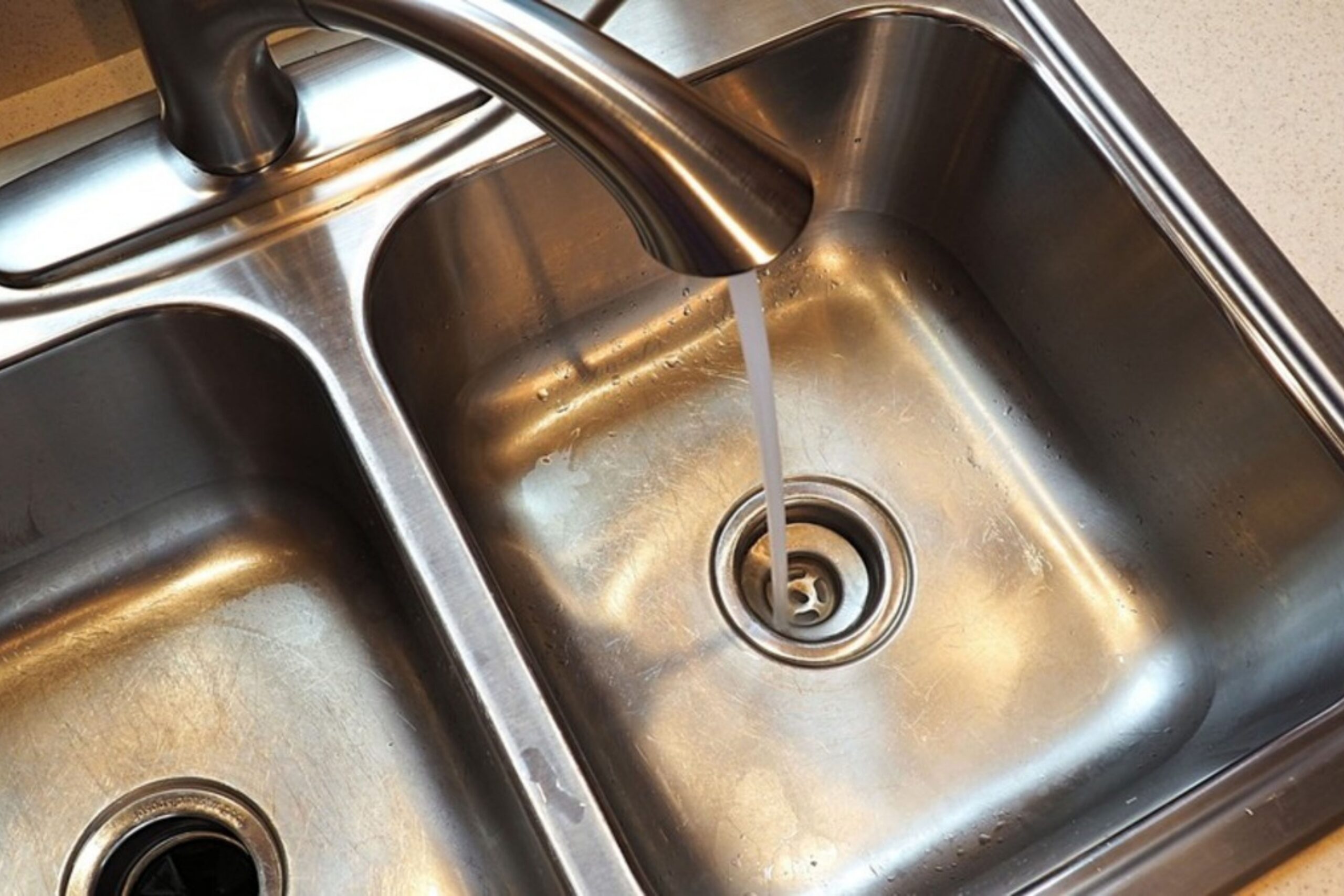





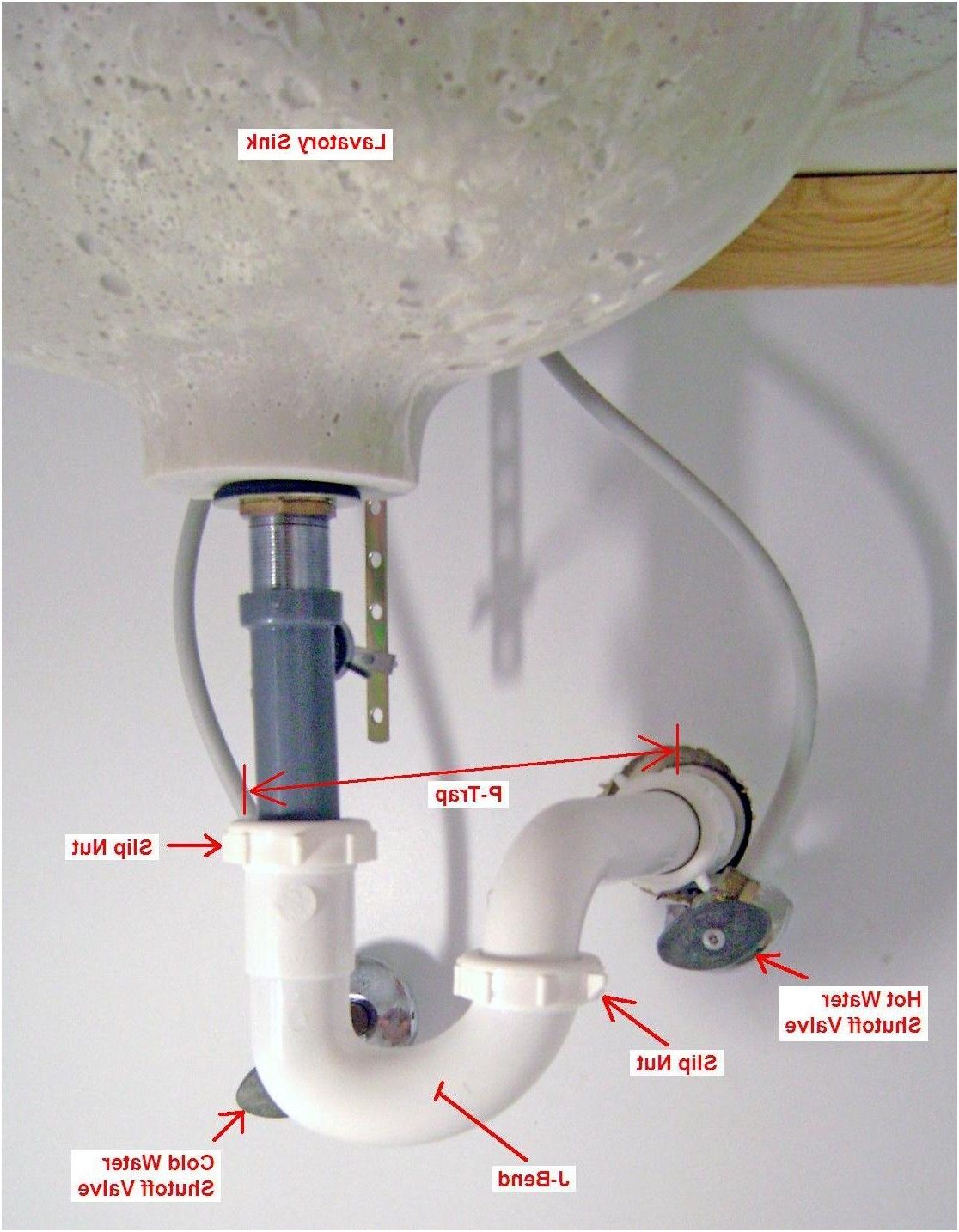
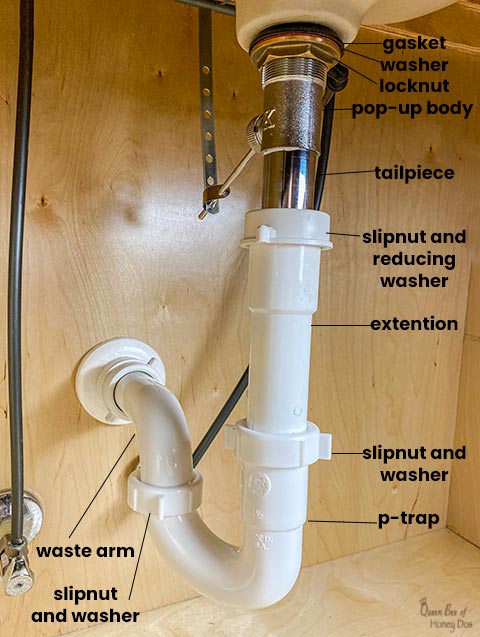

/how-to-install-a-sink-drain-2718789-hero-b5b99f72b5a24bb2ae8364e60539cece.jpg)
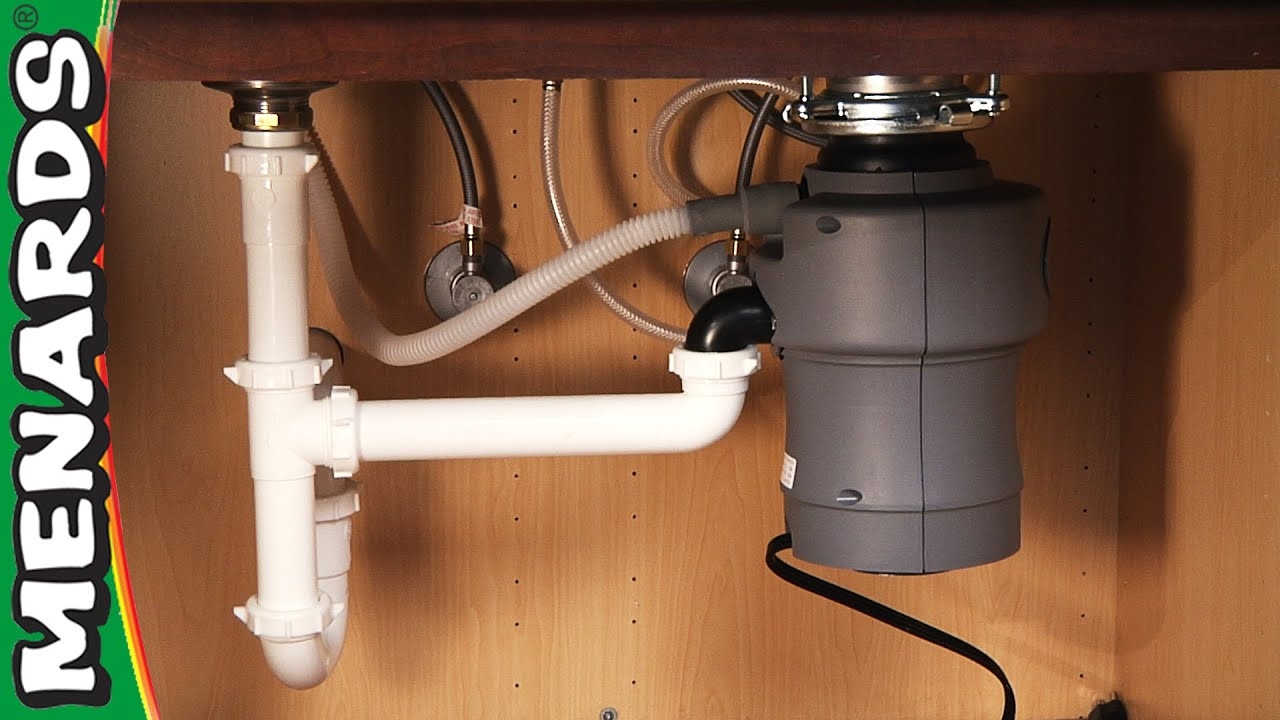

:max_bytes(150000):strip_icc()/how-to-install-a-sink-drain-2718789-hero-24e898006ed94c9593a2a268b57989a3.jpg)

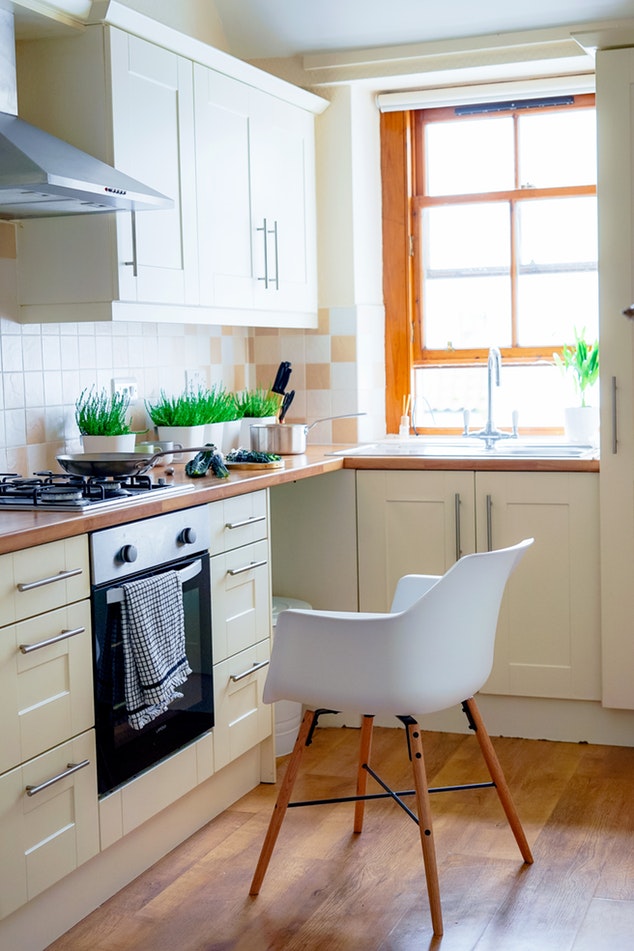


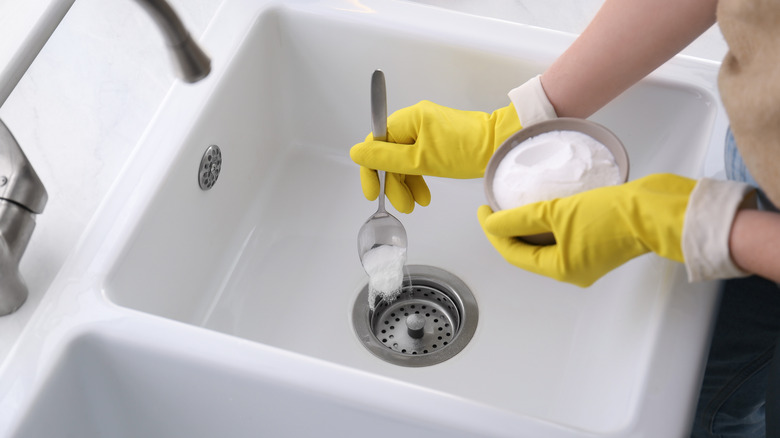


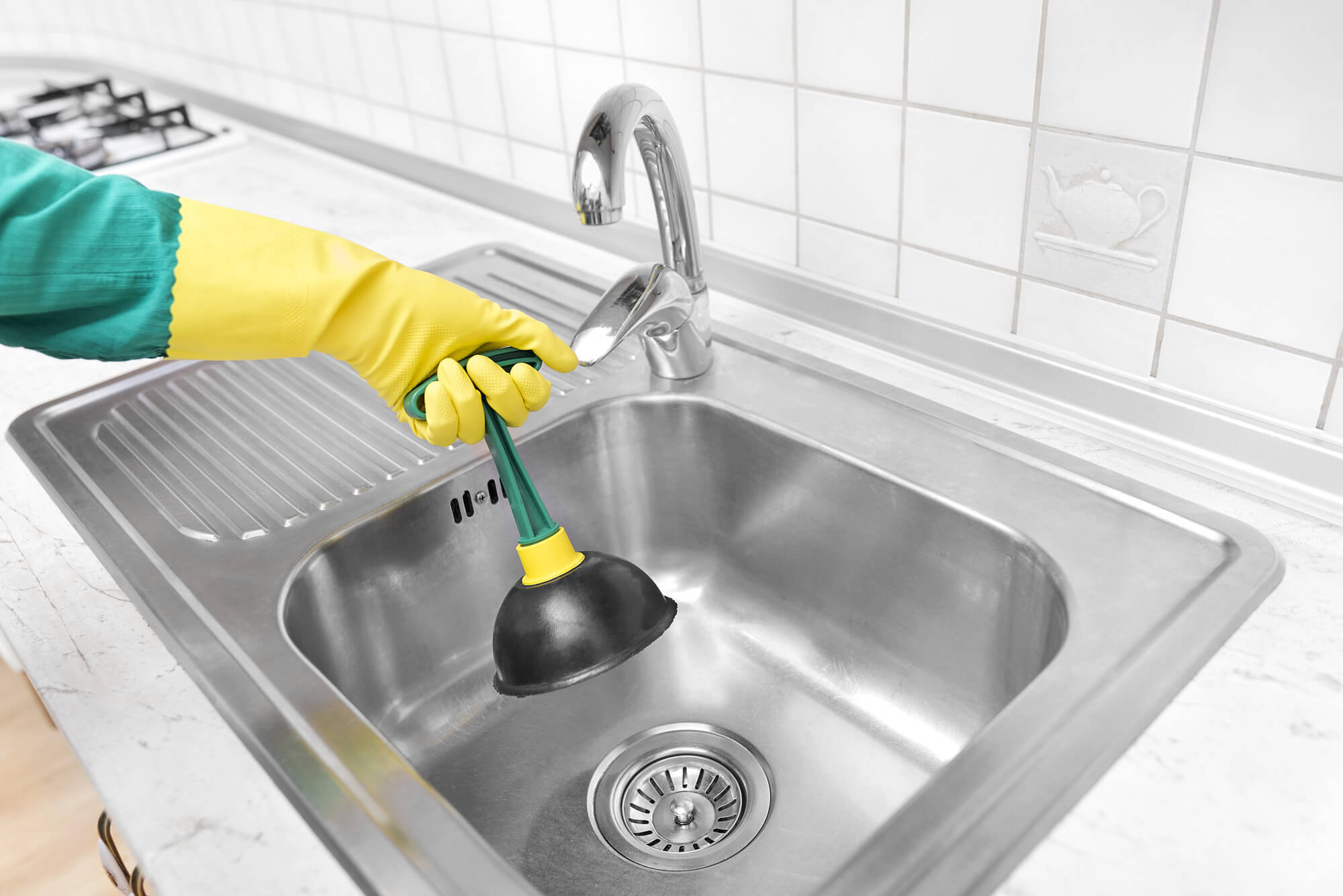
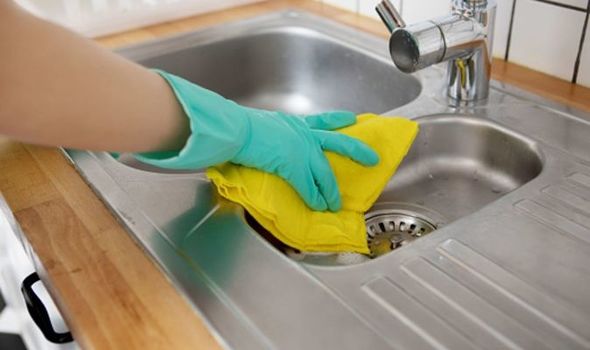
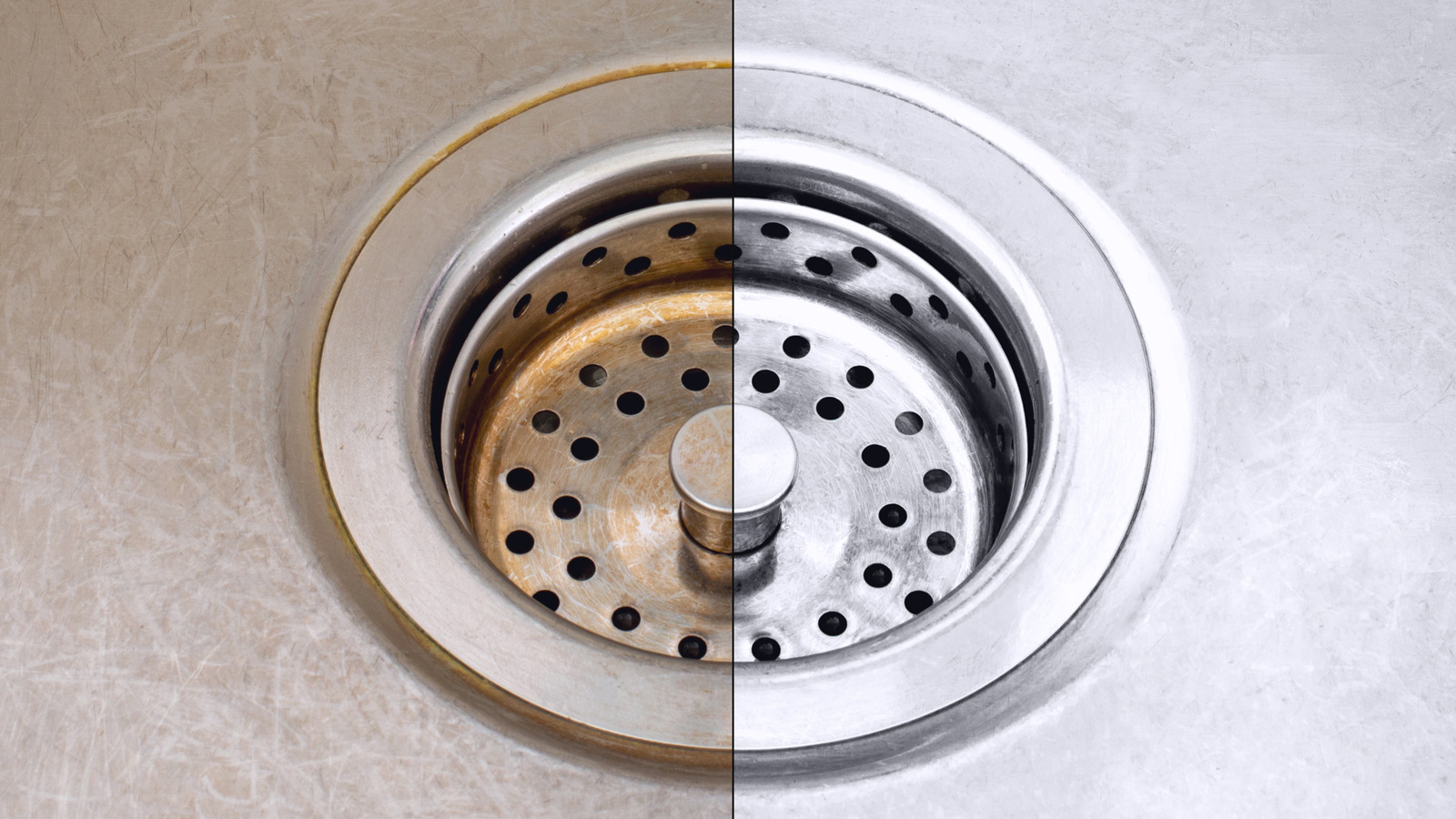
:max_bytes(150000):strip_icc()/how-to-clean-a-kitchen-sink-and-drain-01-5660035-a1d8afe3894346f9a579e66c55e64b7d.jpg)
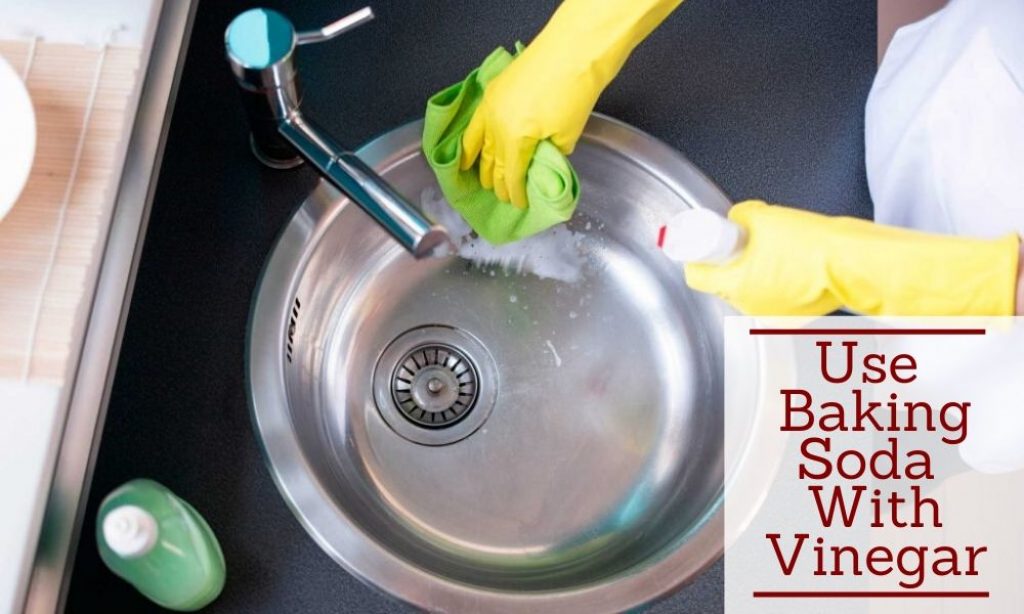















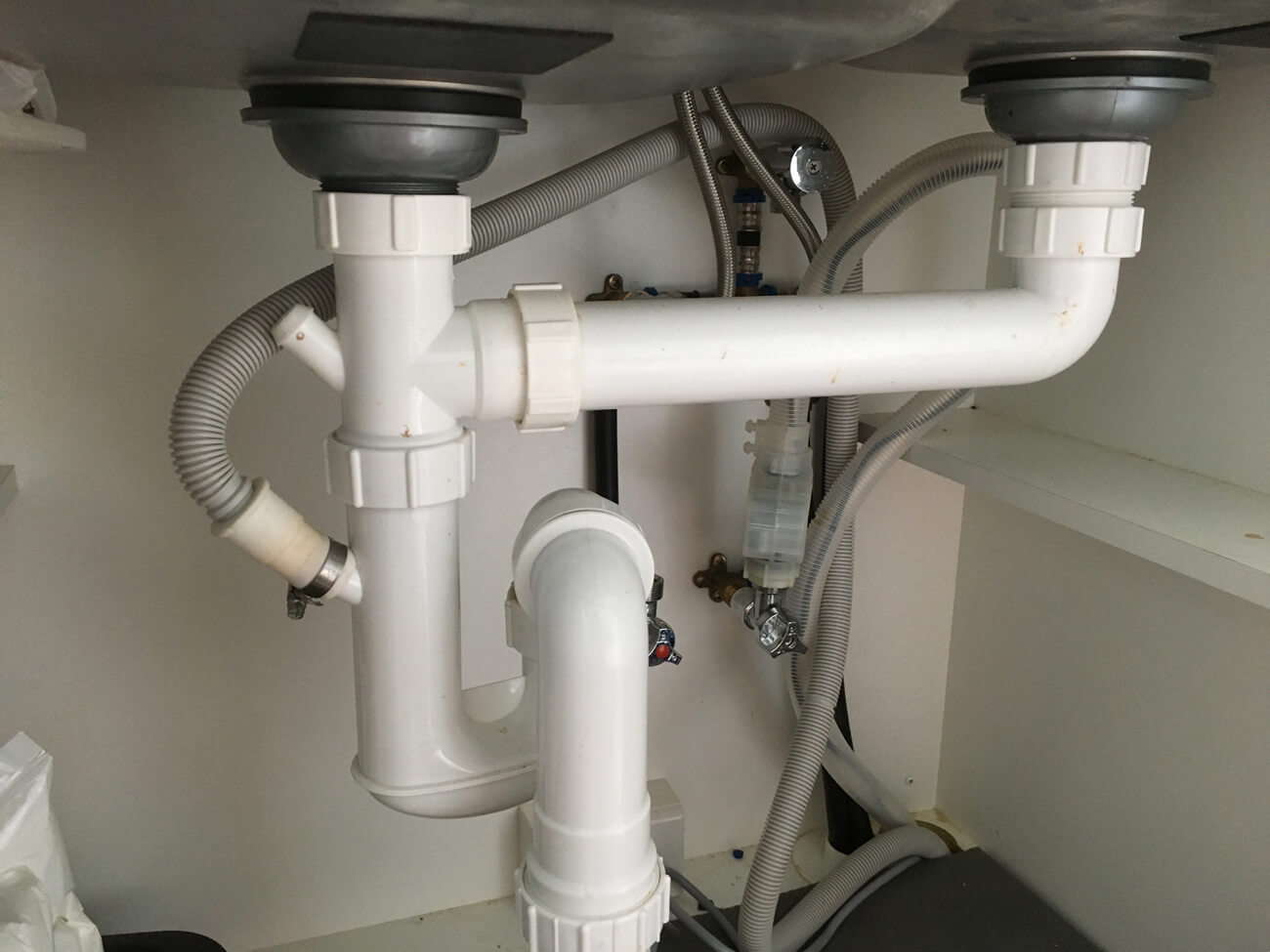

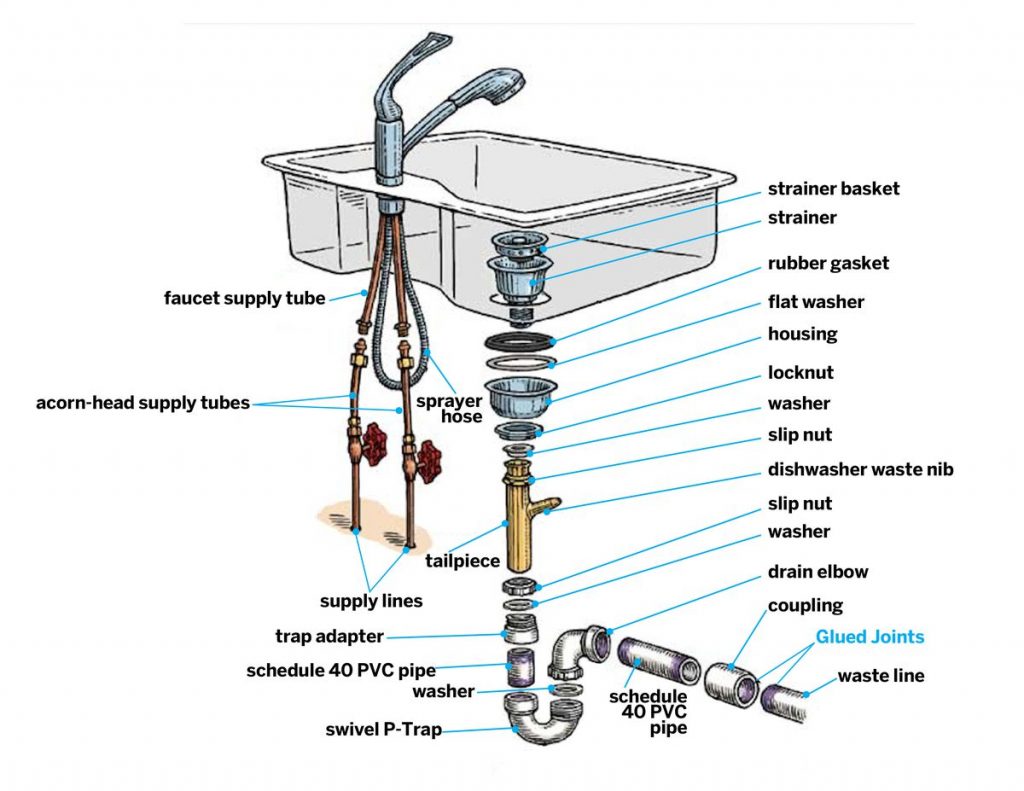
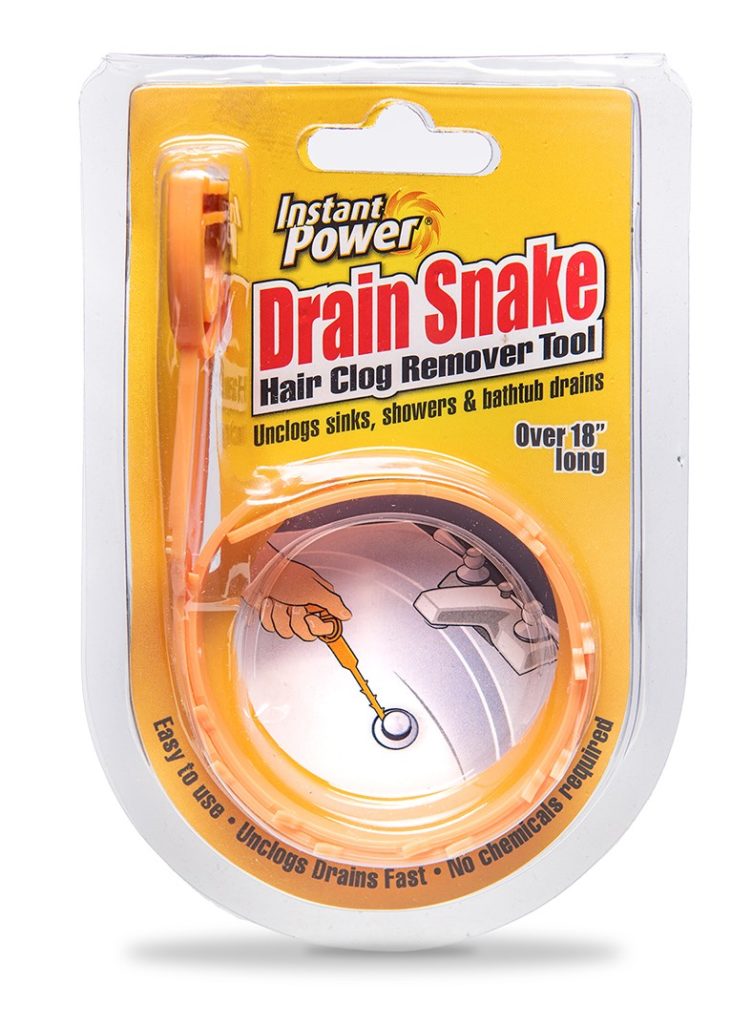



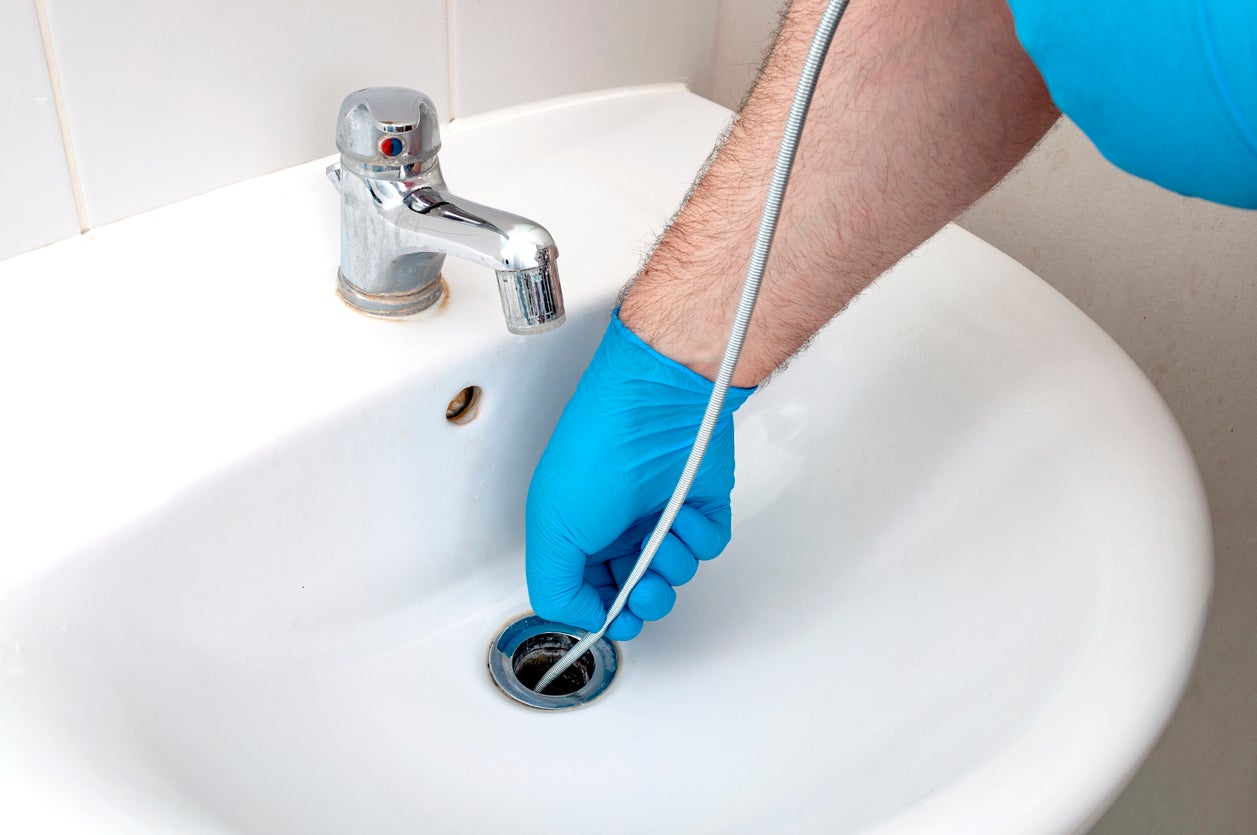
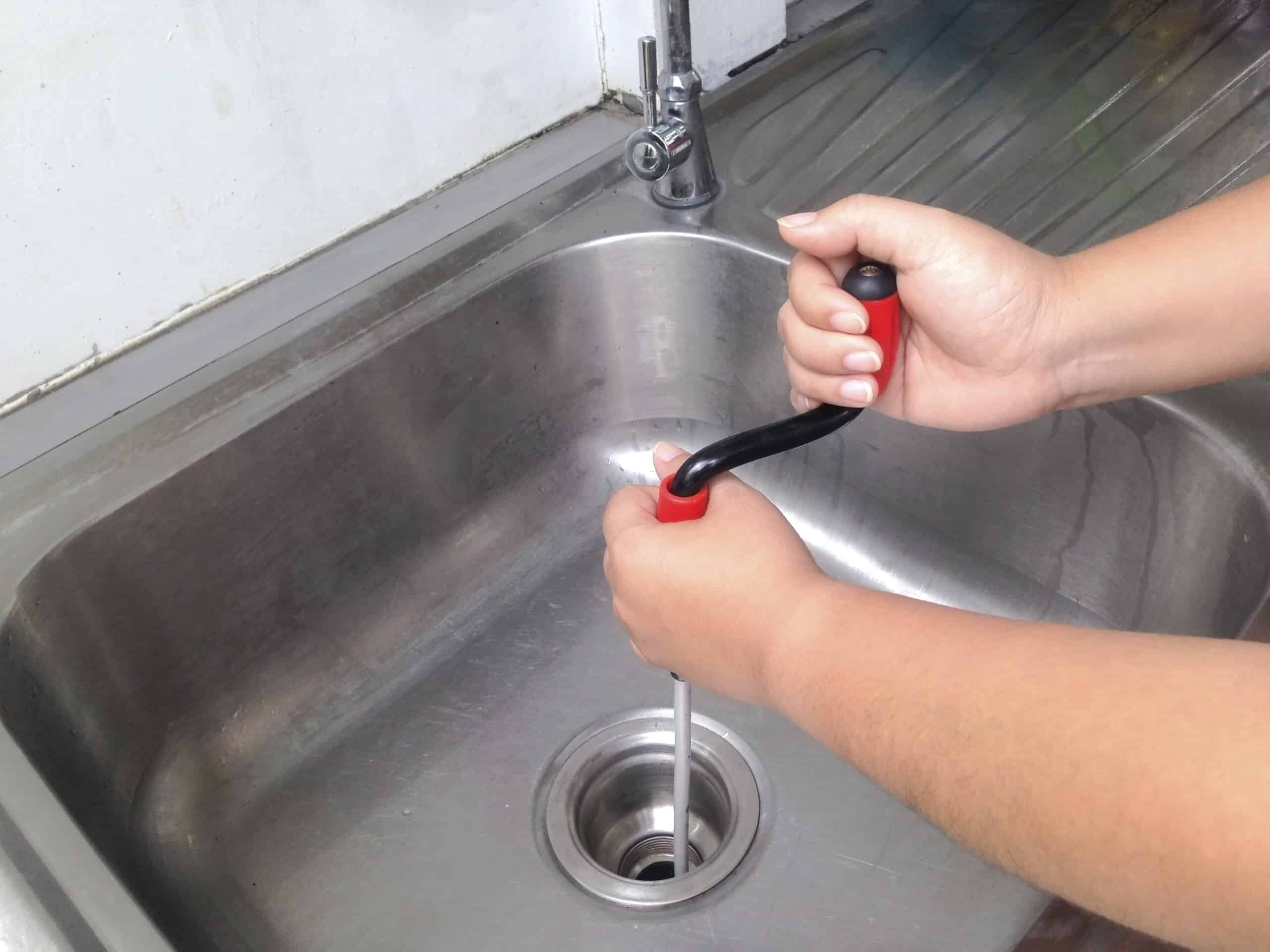


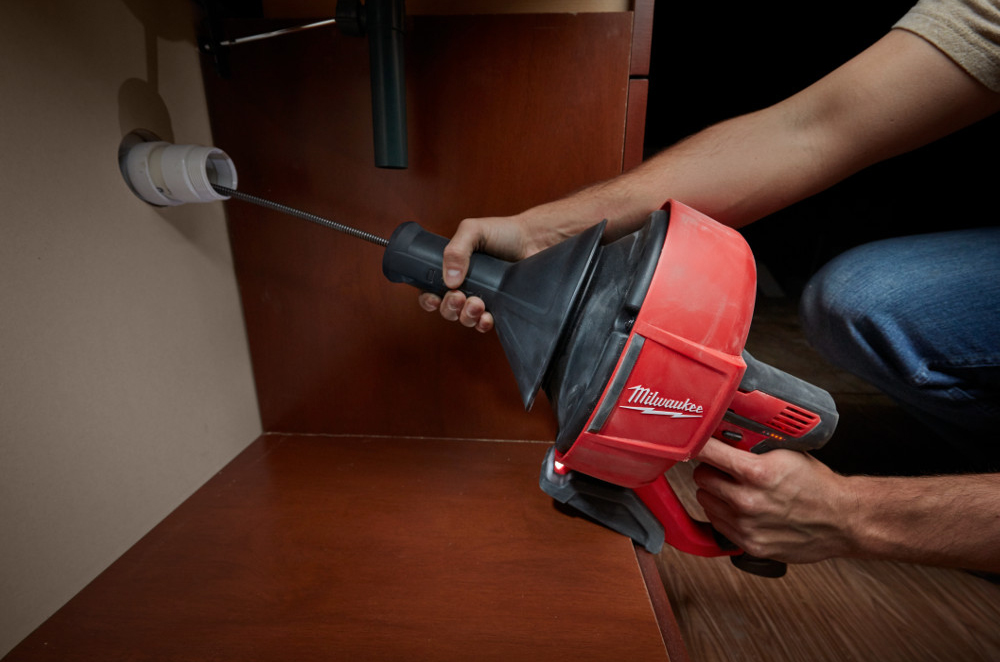

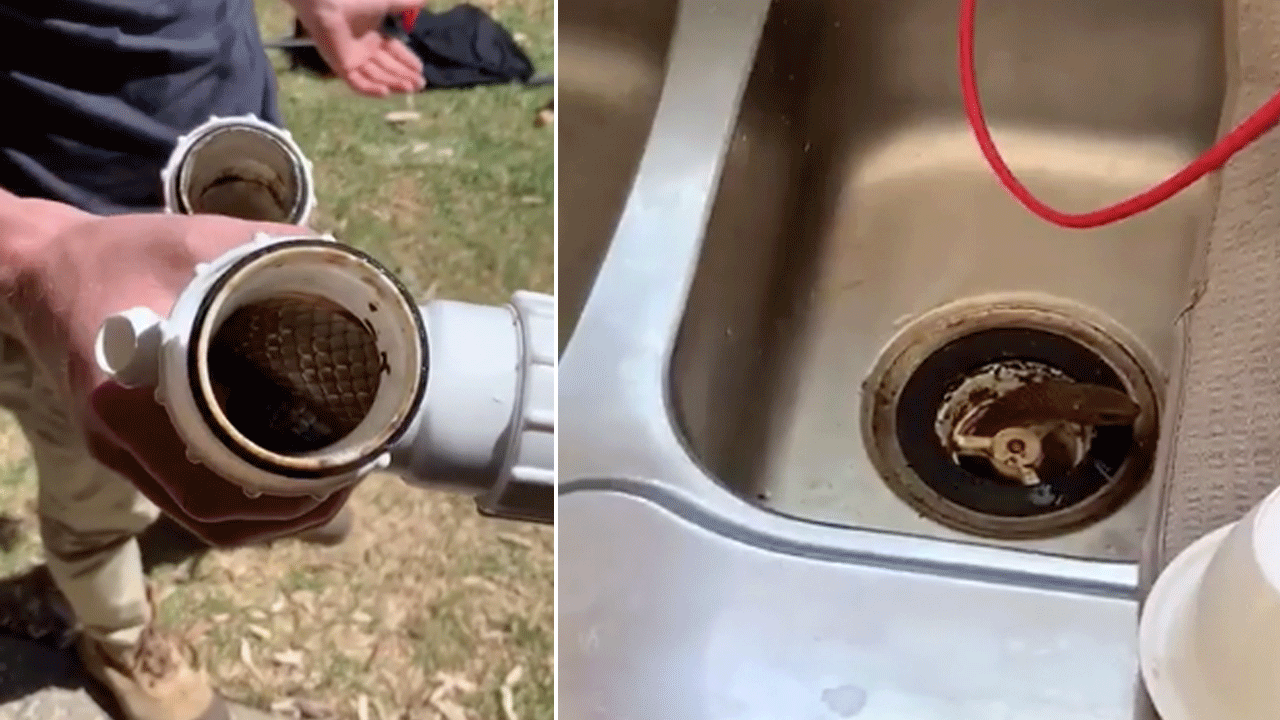




:max_bytes(150000):strip_icc()/freshen-and-unclog-drain-with-baking-soda-1900466-22-bbf940b70afa4d5abef0c54da23b1d3f.jpg)

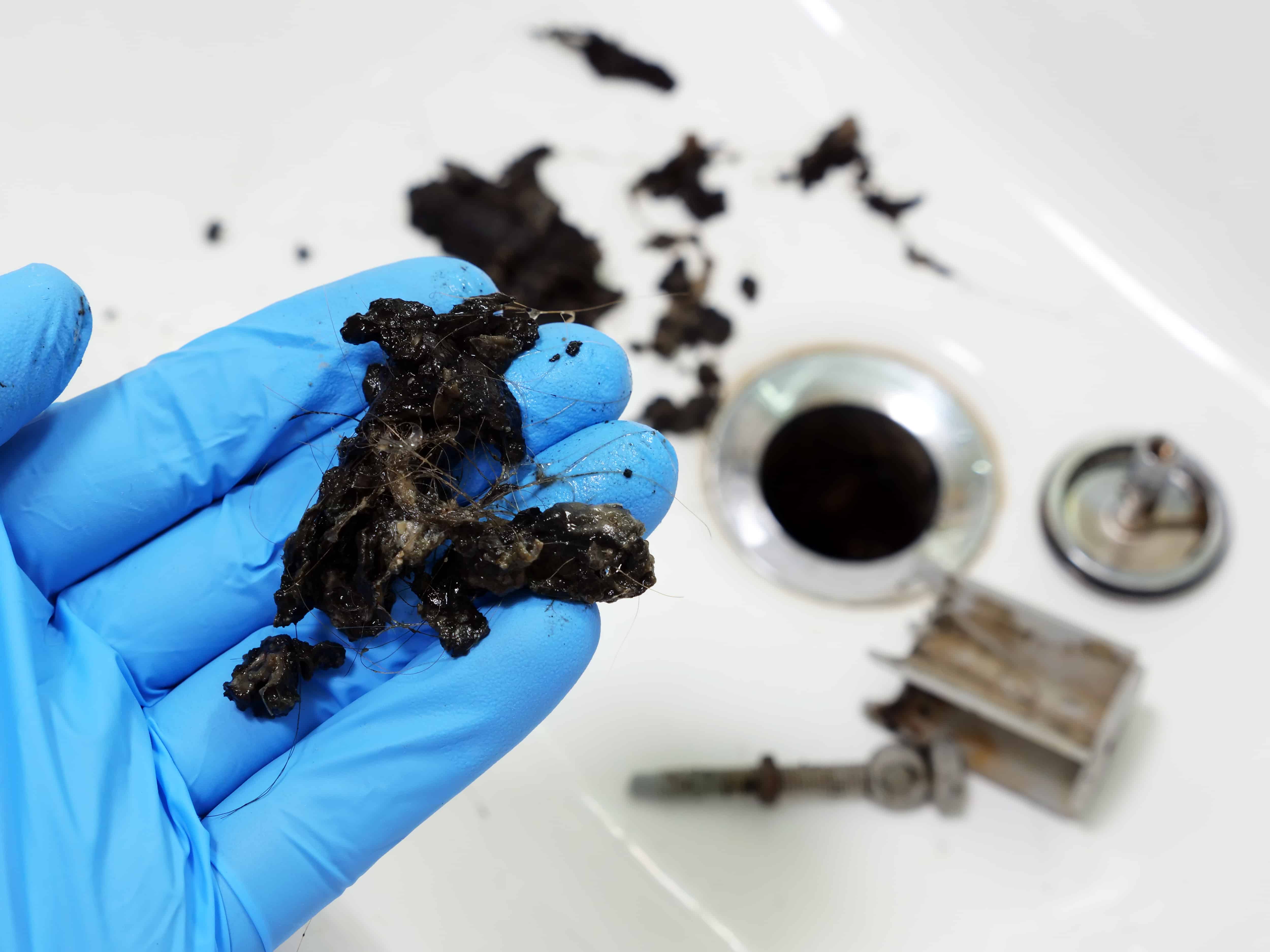
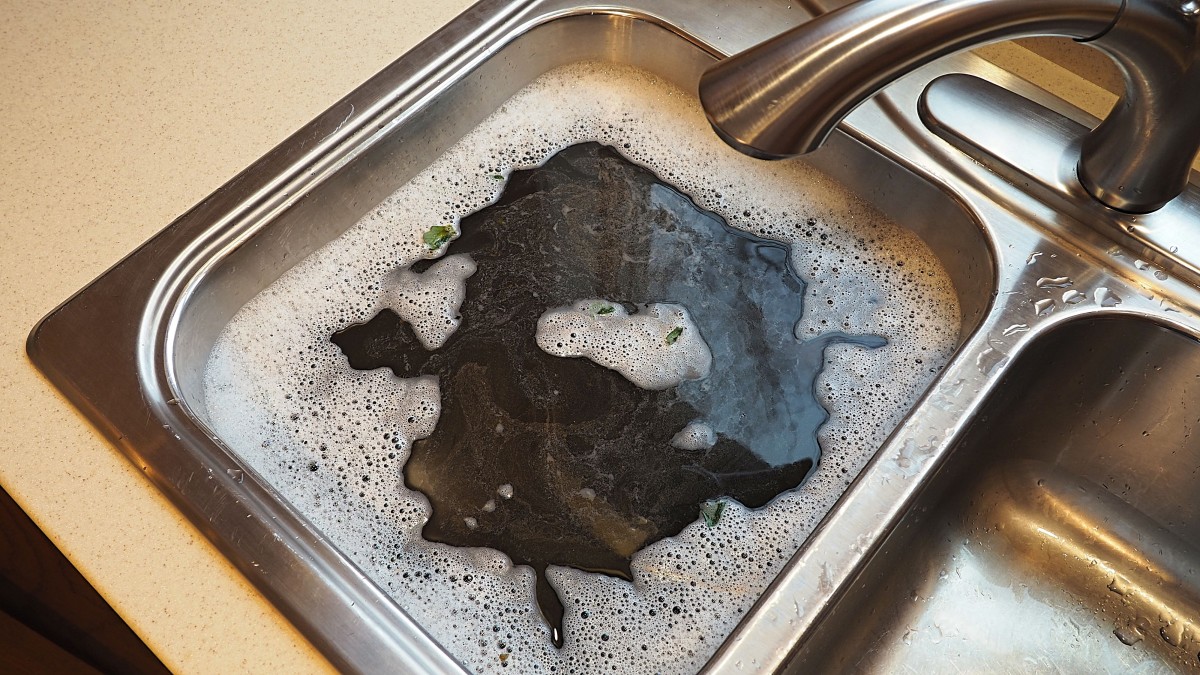



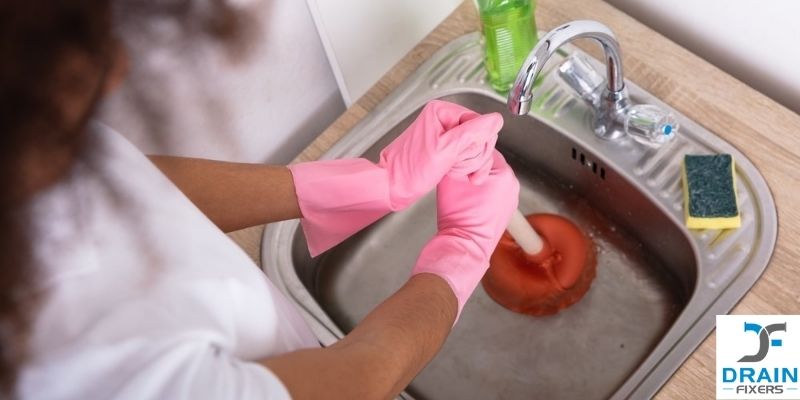





/woman-wearing-yellow-washing-up-gloves-to-unblock-sink-using-plunger-close-up-131987463-5887cfc03df78c2ccd92ec9e.jpg)

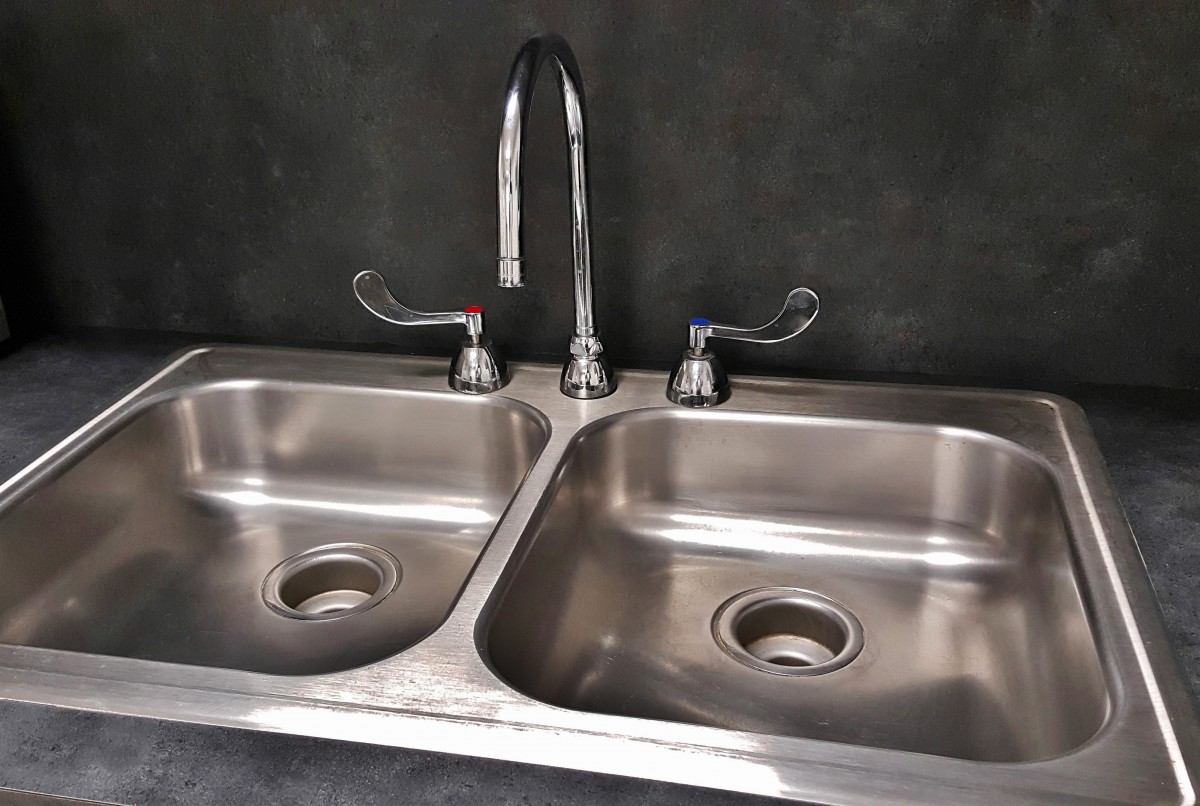



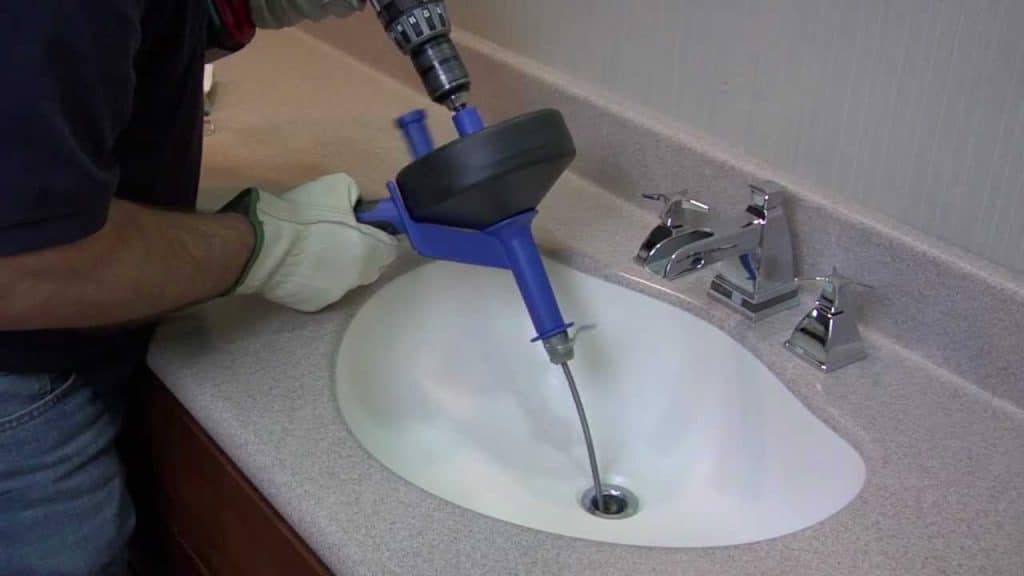
:max_bytes(150000):strip_icc()/how-to-use-a-sink-auger-1825090-hero-70d39960647643819dbb4c1f3a05e929.jpg)
